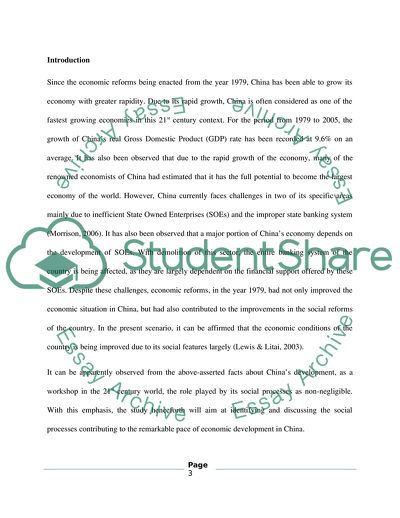Cite this document
(Social Processes Facilitating the Economic Growth of China Report Example | Topics and Well Written Essays - 2500 words - 1, n.d.)
Social Processes Facilitating the Economic Growth of China Report Example | Topics and Well Written Essays - 2500 words - 1. https://studentshare.org/sociology/1816075-sociology-of-development
Social Processes Facilitating the Economic Growth of China Report Example | Topics and Well Written Essays - 2500 words - 1. https://studentshare.org/sociology/1816075-sociology-of-development
(Social Processes Facilitating the Economic Growth of China Report Example | Topics and Well Written Essays - 2500 Words - 1)
Social Processes Facilitating the Economic Growth of China Report Example | Topics and Well Written Essays - 2500 Words - 1. https://studentshare.org/sociology/1816075-sociology-of-development.
Social Processes Facilitating the Economic Growth of China Report Example | Topics and Well Written Essays - 2500 Words - 1. https://studentshare.org/sociology/1816075-sociology-of-development.
“Social Processes Facilitating the Economic Growth of China Report Example | Topics and Well Written Essays - 2500 Words - 1”. https://studentshare.org/sociology/1816075-sociology-of-development.


